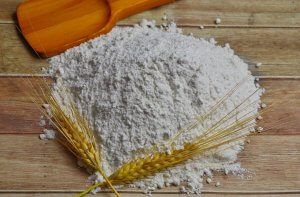You open the cupboard ready to do some baking and you realise you are out of wheat flour – what do you do? What can you use as a wheat flour substitute? Don’t panic we can give you some advice on the best substitutes for wheat flour.
What is Wheat Flour?
Wheat flour is a common ingredient that we take for granted. It is a type of flour that is made by grinding wheat grains into a fine powder. We use it in many baked goods, such as bread, cakes, and pastries, and is used to provide structure, texture, and flavor to these products. It can be made from different varieties of wheat, such as hard red wheat, soft white wheat, and durum wheat, and can be further categorized based on the amount of protein it contains. Flour with a higher protein content, such as bread flour, is ideal for making bread, while flour with a lower protein content, such as cake flour, is better suited for making cakes and other delicate baked goods.
Okay, before we look at your wheat flour substitute options, let’s deal with that empty cupboard situation!
Where can I buy Wheat Flour?
If you want to be more prepared and ensure you don’t run out of wheat flour again then you should stock up now.
Nowadays most health stores, delicatessens, and general supermarkets stock a wide variety of flour – including wheat Flour.
Or if you prefer you can also purchase Wheat Flour on-line.
So why not jump on and place your order today.
STOCK UP NOW!
King Arthur 100% organic Wheat Flour
Organic Milled Flax Seeds. High in Omega 3 and fiber. Seeds and grains are gluten free, USDA certified organic, kosher, and Good Housekeeping Nutritionist Approved.
What can I substitute for Wheat Flour?
Here are some of the best substitutions for wheat flour to get the flavor and role that wheat flour provides in your recipes.
Use any of the following as a substitute:
- Buckwheat flour
- Amaranth flour
- Almond flour
- Brown rice flour
- Barley flour
- Coconut flour
- Oat flour
Wheat Flour substitutes
Buckwheat flour
Buckwheat flour is a type of flour that is made from the seeds of the buckwheat plant. Despite its name, buckwheat is not actually a type of wheat or grain, but rather a seed that is related to rhubarb and sorrel. Buckwheat flour is gluten-free, which makes it a popular alternative for people who are sensitive to gluten.
To make buckwheat flour, the buckwheat seeds are first harvested, cleaned, and roasted to remove the outer hull. The roasted seeds are then ground into a fine powder using a grain mill or food processor. The resulting flour has a nutty flavor and a grayish-brown color.
Buckwheat flour can be used in a variety of baked goods, such as pancakes, waffles, bread, and muffins. It is also commonly used in noodles, porridge, and other savory dishes. Buckwheat flour is rich in nutrients such as protein, fiber, and minerals like magnesium and iron, making it a nutritious addition to a balanced diet.
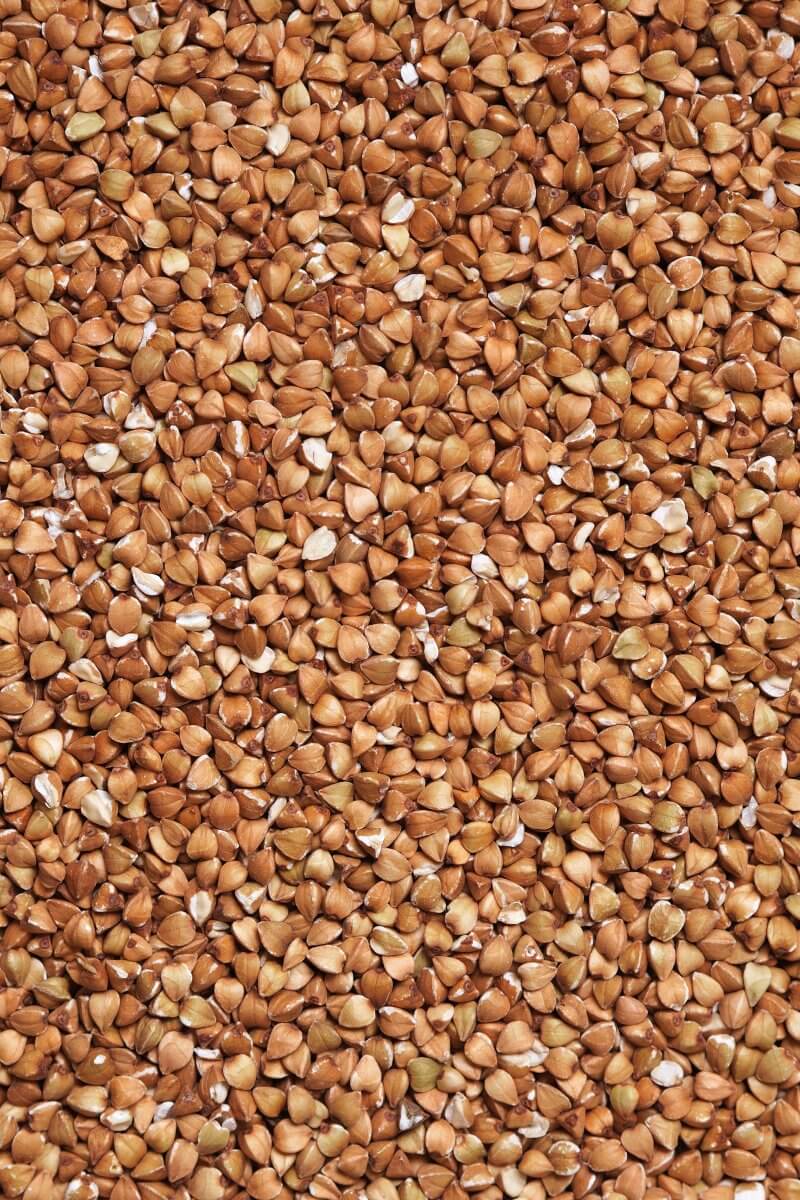
Amaranth flour
Amaranth flour is a type of flour that is made from the seeds of the amaranth plant. It is a gluten-free, pseudo-grain that is native to Central and South America. Pseudo-grains are actually seeds which have similar overall nutrient compositions to normal grains. They are a great source of protein, fiber and minerals. This group of ‘grains’ also has the benefit of being gluten free for those who need to avoid gluten. The seeds of the plant are small, round, and vary in color from white to dark red or brown.
To make amaranth flour, the amaranth seeds are first harvested and then cleaned to remove any debris or impurities. The seeds are then dried and ground into a fine powder using a grain mill or food processor. The resulting flour has a nutty flavor and a light brown color.
Amaranth flour can be used in a variety of baked goods, such as bread, muffins, and cookies, as well as in pancakes and other breakfast foods. It is also commonly used as a thickener in soups and stews. High in protein, fiber, and micronutrients such as calcium, iron, and magnesium, amanranth flour is a nutritious alternative to wheat flour. It is also gluten-free, which makes it a good option for people with gluten sensitivity or celiac disease.
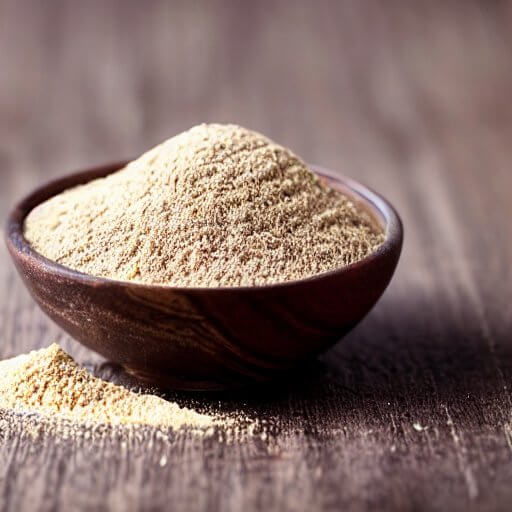
Almond meal flour
Almond meal flour is a popular gluten-free alternative to wheat flour, and can be a great substitute in many recipes.
It should be noted that almond flour has a different texture than wheat flour, and is much finer and denser. This means that recipes made with almond flour may have a different texture than those made with wheat flour. They may also be more crumbly or have a more delicate texture.
Almond flour does not contain gluten, which means that recipes that rely on gluten for structure and leavening may not work as well with almond flour. To help with leavening, it is often recommended to add additional eggs or baking powder to recipes that use almond flour.
The nutty flavor of almond flour that can add a pleasant taste to recipes. However, it can also be overpowering in some recipes.
When substituting almond flour for wheat flour, the conversion is not always one-to-one. A general rule of thumb is to use 1 cup of almond flour for every 1 cup of wheat flour, but it’s always best to check the specific recipe to see if any adjustments need to be made.
Overall, almond flour can be a great alternative to wheat flour for people who are looking for a gluten-free option or who want to add a nutty flavor to their baked goods.

Brown rice flour
Brown rice flour is another great substitute for wheat flour. It is made by grinding whole grain brown rice into a fine powder. Brown rice is a variety of rice that has not been polished or processed, which means it retains its outer bran layer and germ, along with its natural fiber, vitamins, and minerals.
To make brown rice flour, the whole grain brown rice is first cleaned and hulled to remove the outer husk. The resulting brown rice is then ground into a fine powder using a grain mill or food processor. The resulting flour is light brown in color and has a slightly nutty flavor.
Brown rice flour is a gluten-free alternative to wheat flour and is commonly used in gluten-free baking. It can be used to make a variety of baked goods such as bread, muffins, and cakes.
Brown rice flour is high in fiber, protein, and micronutrients like magnesium, phosphorus, and manganese, making it a nutritious addition to a balanced diet. It also has a lower glycemic index than white rice flour, which means it may help regulate blood sugar levels.
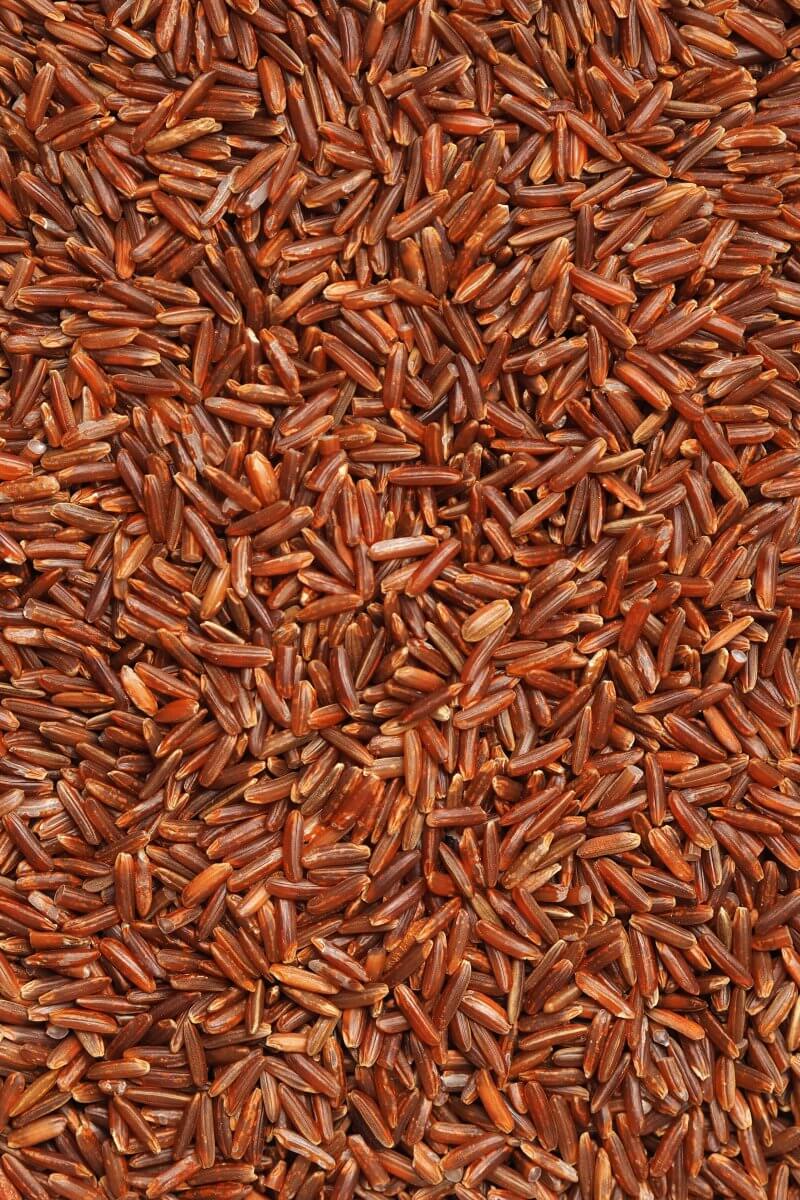
Barley flour
Barley flour can be used as a substitute for wheat flour in some recipes, but there are a few things to consider when doing so.
As it contains gluten baked goods made with barley flour may not rise as well and as those made with wheat flour. They may also have a denser texture.
It has a distinctive nutty flavor that can add a unique taste to baked goods. However, it may be overpowering in some recipes, so it’s important to use it in recipes where the flavor will complement the other ingredients.
It is however coarser than wheat flour, which means it may result in a grittier texture in baked goods. This can be mitigated by using a fine-grind barley flour or blending barley flour with another flour such as rice flour or corn flour.
When substituting barley flour for wheat flour, the conversion is not always one-to-one. A general rule of thumb is to use 3/4 cup of barley flour for every 1 cup of wheat flour.
Overall, barley flour can be a good substitute for wheat flour in recipes where the nutty flavor will complement the other ingredients.
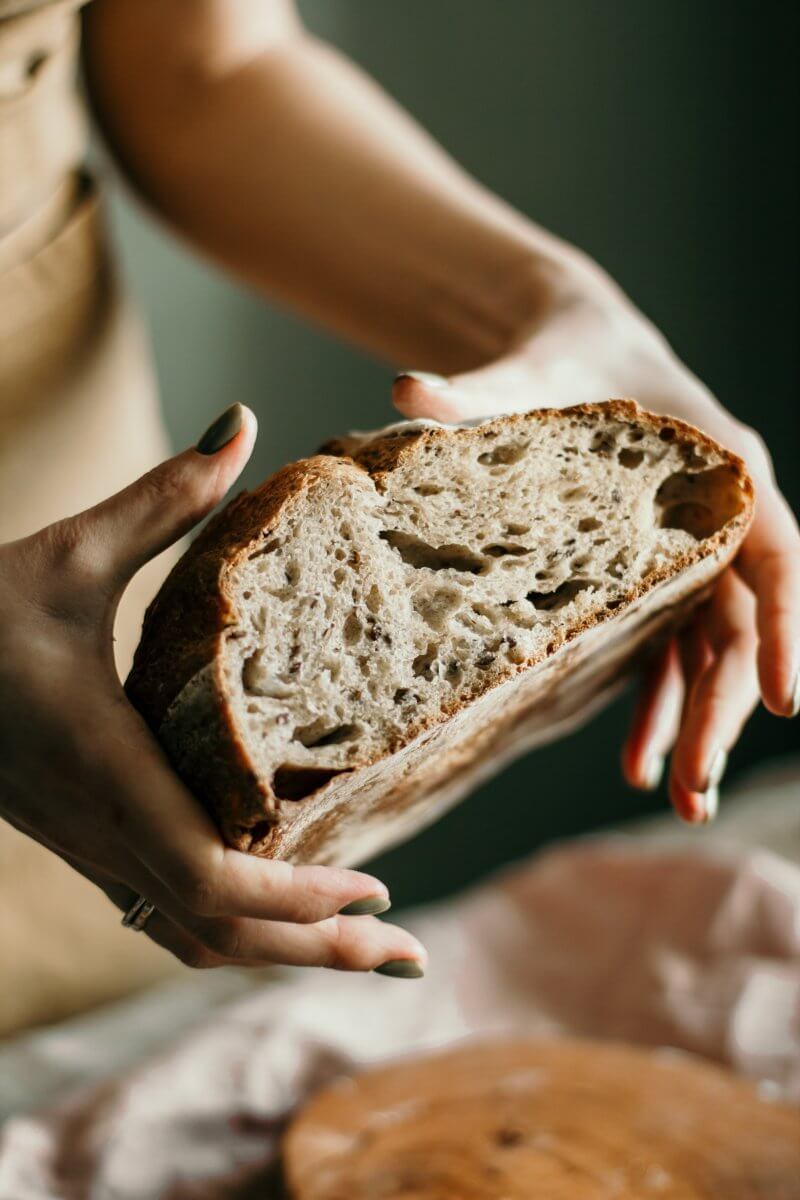
Coconut flour
Another great substitute for wheat flour is coconut flour. However you need to note that it behaves differently than wheat flour due to its unique properties.
Coconut flour is a gluten-free flour that is made from dried, ground coconut meat. It is high in fiber, protein, and healthy fats, and has a naturally sweet and nutty flavor. It is also lower in carbohydrates than wheat flour, making it a good choice for those following a low-carb or ketogenic diet.
Coconut flour is very absorbent, meaning it requires more liquid than wheat flour. A good rule of thumb is to use about 1/4 to 1/3 cup of coconut flour for every 1 cup of wheat flour, and to increase the amount of liquid in the recipe accordingly.
Coconut flour is denser and drier than wheat flour, and can result in a crumbly or dry texture if not used correctly. It’s often best to use it in combination with other gluten-free flours, such as almond flour or rice flour, to create a better texture.
It may also be necessary to add an extra pinch of baking powder or baking soda to help baked goods rise.
Overall, coconut flour can be a good substitute for wheat flour in some recipes, particularly in gluten-free and low-carb baking.
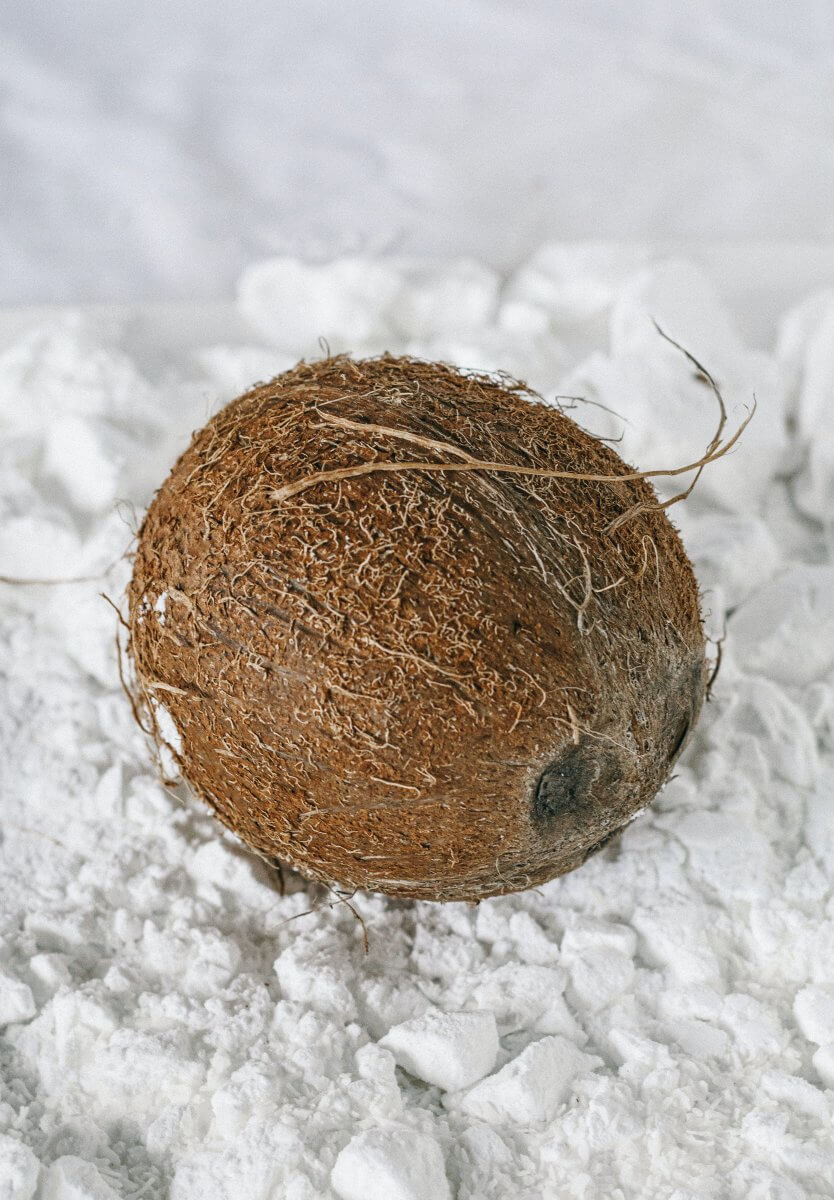
Oat flour
Milled oat flour is a type of flour that is made by grinding whole oats into a fine powder. This makes it a great substitute for wheat flour.
Oats are a nutritious grain that are high in fiber, protein, and micronutrients such as iron and zinc.
To make oat flour, whole oats are first cleaned and dehulled to remove the outer husk. The resulting oat groats are then milled into a fine powder using a grain mill or food processor. The resulting flour is light in color and has a mild, slightly sweet taste.
Oat flour is a gluten-free alternative to wheat flour and is commonly used in gluten-free baking. It can be used to make a variety of baked goods such as bread, muffins, and cookies. Oat flour has a slightly different texture than wheat flour and can result in a denser, chewier texture in baked goods. It also has a lower glycemic index than wheat flour, which means it may help regulate blood sugar levels.
Oat flour is a nutritious and versatile ingredient that can be used in a variety of recipes. It can also be blended with other gluten-free flours, such as rice flour or almond flour, to create a more balanced flavor and texture.
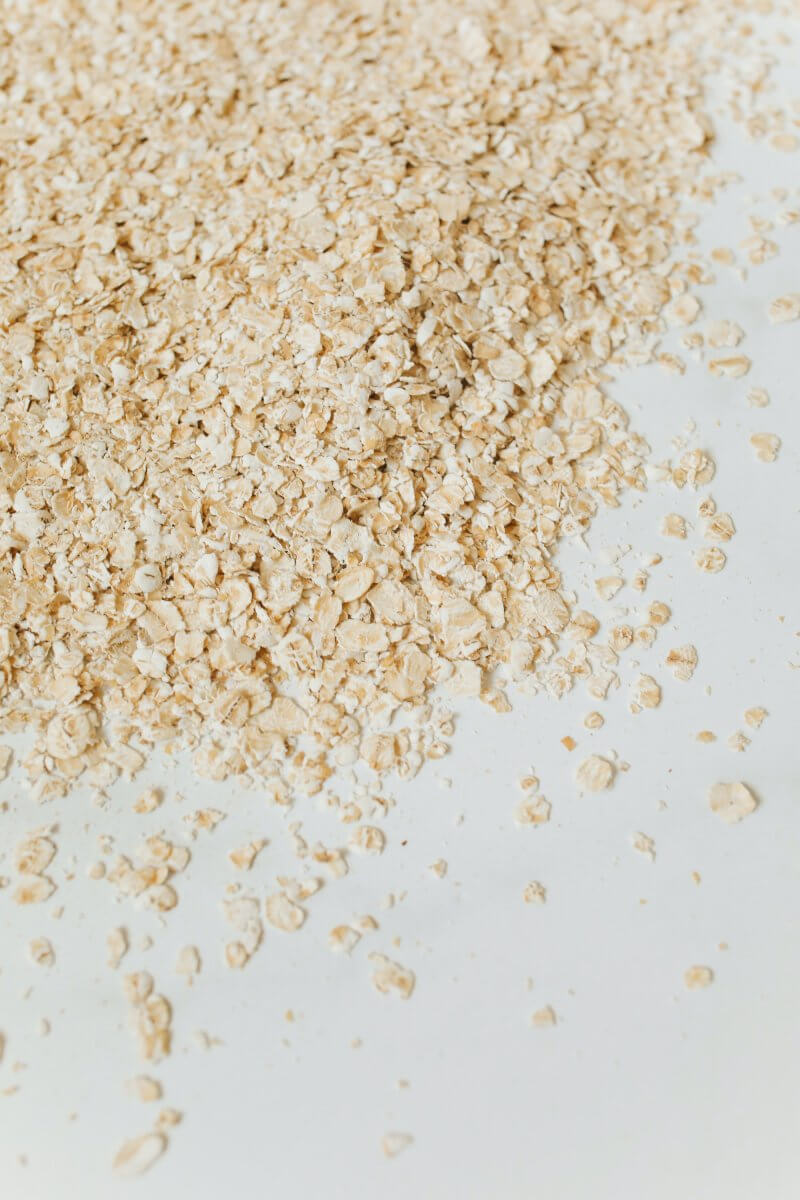
Summary for Wheat Flour substitute
Okay – that’s you all sorted with a suitable substitute for wheat flour.
Easily incorporated into a variety of dishes, wheat flour is an essential baking ingredient. Used in breads and pies, and also used as a thickening agent or roux, it is a must-have product in your pantry.
However if you do run out of wheat flour then the substitute products listed above will all provide you with an alternative. Which one will you choose?
And remember if you’re looking to replace wheat flour in a recipe, you’ll need to consider what role the wheat flour is playing in the recipe and choose a suitable replacement that provides similar benefits.
We have gathered together a lot more facts on ingredients such as herbs, spices, oils, nuts, etc. if you would like to learn some more.
